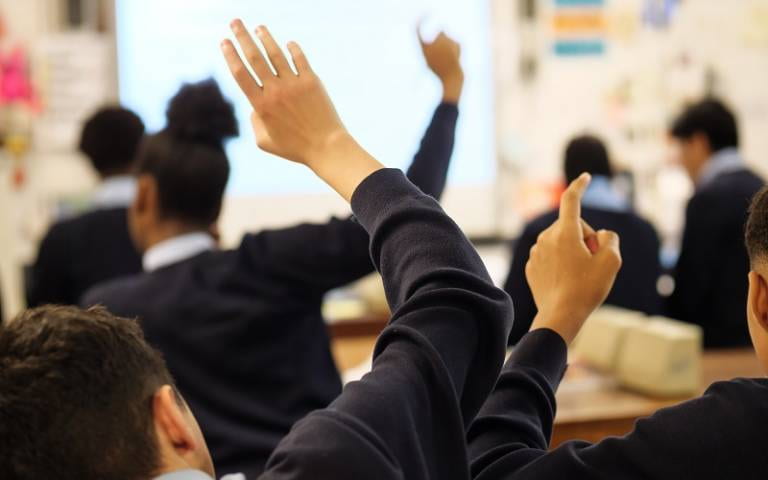10 October 2013
By Chris Husbands
It’s a fabulous quotation: “The quality of an education system cannot exceed the quality of its teachers.” It has the sense of an underlying educational law, as compelling as Newton’s laws of motion. It’s routinely attributed to the 2007 McKinsey Report, How the world’s best performing education systems come out on top.
But if you dig into that report, you’ll find a footnote acknowledging that the quotation came from a senior government official in South Korea: yet another illustration of the old adage that a management consultant is someone who steals your watch and then tells you the time. But as an aphorism it has done its job, and is now routinely quoted by government ministers, education reformers and academics the world over. A Google search yields over 180,000 uses of the quotation since 2007. It crops up again, in disguised form, in Andrew Adonis’s contribution to last week’s Varkey Gems study on the status of teachers worldwide: “No education system can be better than its teachers”.
It’s a great quote. And it’s wrong. It took me a long while to work out what was wrong with it, until a line from Bob Schwartz, professor of practice in the Harvard Graduate School of Education, triggered my thinking. “What”, asked Schwartz in an OECD essay, “is the most important school-related factor in pupil learning: the answer is teaching”. And that captures the difference. It’s just as good a quotation, but it is different in three important letters: it’s teaching, not teachers.
A moment’s thought tells you that Schwartz has to be right and McKinsey have to be wrong. We can all teach well and we can all teach badly. Even good teachers teach some lessons and some groups less well; even the struggling teacher can teach a successful lesson on occasion. More generally, we can all teach better: teaching changes and develops. Skills improve. Ideas change. Practice alters. It’s teaching, not teachers.
The three letters also have important policy implications. If you pursue the line that the important thing is teachers, you focus on people. You need to sack the weakest teachers and you need to design a system which guarantees that you can replace them quickly with better ones. Of course, performance managing very poor teachers out of the profession is important, and it is important that we recruit the brightest and the best. But these turn out to be very, very slow routes to improving the quality of an education system.
The English figures bear this out. There are 400,000 teachers in schools in England. About 30,000 new ones are trained each year. Assume the weakest 5,000 recruited each year can be replaced with 5000 who are definitely going to be better than the remaining 25,000 (there are some heroic assumptions here), and it will be many years before a visible impact is secured on the profession. It took Finland more than 30 years for recruitment practices to re-shape the profession. Changing teaching by changing teachers is a long, slow slog. And in some of those high performing countries, including South Korea and China, recruitment is – as the Varkey Gems report makes plain – helped by the extraordinary status enjoyed by teaching there. In fact, the status of teaching is a stronger attraction for committed candidates than relative salary levels. The status of teaching determines the extent to which policy can reshape teachers.
If you pursue the line that it is teaching that matters, you get a different set of policies. It’s still important to recruit and train those who can develop as excellent teachers, but you need to work continuously to improve the quality of teaching across schools: every teacher, in every classroom, in every school, getting better at teaching. This involves focusing on what drives really good teaching – committed teachers and high quality instruction, which itself depends on rigorous subject knowledge and knowledge of effective pedagogy, both leavened by imagination.
I’ve called it – with tongue partly in cheek – a formula for quality teaching: Q = C + E [K(s+ t)] + I. That is, quality depends on committed teachers (C), plus effective pedagogy (E), based on subject knowledge (Ks ) plus knowledge of effective teaching (Kt), supplemented by imagination (I).
Forty years ago, policy assumed that schools made little difference to pupil outcomes: outcomes were principally determined by social factors. School effectiveness research told us that that was not the case. Schools made a difference. Then we understood that school effects were the sum of classroom effects: teachers make a difference. But the key lesson is that it’s teaching, not teachers, which matters. Every teacher can teach better. That’s an equally great line.
 Close
Close



